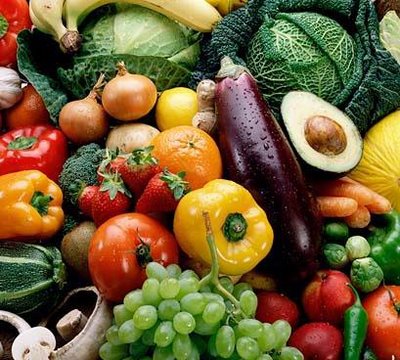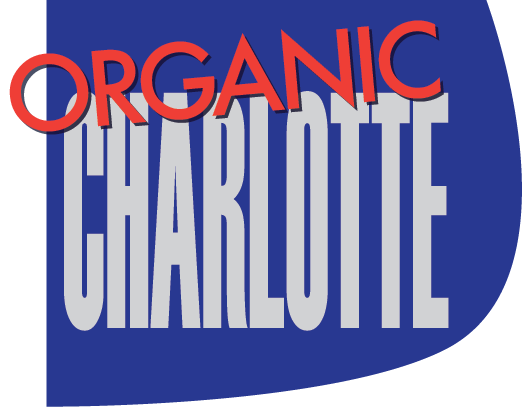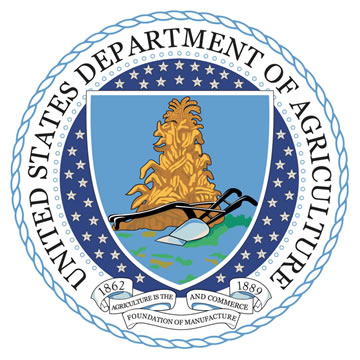LATEST NEWS:
 |
| NOV 06-2013 |
| —WASHINGTON state voters reject labeling of GMO foods |
| Read the article from USA Today HERE. |
| "—The initiative was the most expensive in state history, though it was largely fought by out-of-state interests." |
| This article can give you an idea of just how hard and how much money the commercial marketplace industry is willing to spend to keep the American public from knowing more about their food sources. |
| The European Union member states already require all producers (including any American sources) to identify if GMOs are in food sources. |
How Much of our Food contains GMOs?
A huge proportion of commodity crops grown by farmers in the USA and around the world are genetically engineered. According to 2013 published figures from the US Department of Agriculture, 97% of the nation's sugar beets, 93% of the soybeans, 90% of the cotton, and 90% of the feed corn for animals are GMOs.
—Source: USDA's National Agricultural Statistics Service - June Agricultural Survey for 2000-2013
United States Dept.
of Agriculture Seal
What are
GMO Foods?
GMO stands for "Genetically Modified Organism."
The term "genetically modified organism" (GMO) was originally used by the molecular biology scientific community to denote a living organism that had been genetically modified by inserting a gene from an unrelated species.
Incorporation of genes from an unrelated species cannot occur in nature through sexual reproduction and thus, various types of sophisticated technologies are used to accomplish the modifications.
These modified types of plants or animals are commonly called "transgenics."
GMO technology has been used in over 40 species of plants including, but not limited to:
- blackberries
- corn
- cotton
- cranberries
- corn varieties
- papayas
- potatoes
- raspberries
- rice
- soybeans
- sugar cane
- sweet potatoes
- tobacco
- tomato varieties
- walnuts
The GMO technology has generally been used primarily to incorporate disease resistance or (in plants) insect and herbicide tolerance.
Organisms that are highly related species can generally be mated through sexual reproduction. Conventional breeding efforts are thus focused on making crosses amongst highly related strains of a species and selecting among the offspring for continuance.
This is the same sort of crossing takes place in nature.
The difference between what occurs in nature and in a breeding program, is that the breeder selects which (two) strains will be interbred through the crossing. These types of conventional breeding methods have been used as long man has tried to domesticate plants and animals producing new varieties in the process.
It is less likely that unrelated species would be able to mate in sexual reproduction that would successfully result in viable offspring.
Biotechnology methods have been developed that allow researchers to completely by-pass sexual reproduction and insert genes directly into a cell that will be the basis of a new plant or animal.
A fascinating science, GMO research produces new combinations of genes in genetically modified organisms (GMOs) that would never be found in nature.
WHAT ARE CONCERNS ABOUT GMO FOODS?
WHY USE GMOs?
The biggest argument in favor of GMO use is that we have a growing world human population and GMOs are necessary to produce the quantity of foods to feed them.
Other arguments state that there are no differences in genetically modified food and naturally occuring cross breeding and that lives can be saved altering the genetic makeup of foods.
See this excellent argument about GMOs at Genetically Modified Organisms (GMOs): Transgenic Crops and Recombinant DNA Technology — by: Theresa Phillips, Ph.D. for Write Science Right © 2008 Nature Education — (Phillips, T. (2008) Genetically modified organisms (GMOs): Transgenic crops and recombinant DNA technology. Nature Education 1(1):213)
We ask...if these modified organisms cannot occur naturally and must be synthetically produced, what does altering the genetic make-up of a plant or animal do to the materials that make up the organism? If they can contribute to the healthful benefits of food that is wonderful news, but what is the darker side? Do they also contribute to possible carcinogens?
DO GMOs EFFECT US? Are they HEALTHY or not?
According to the NON-GMO Project: "Most developed nations do not consider GMOs to be safe. In more than 60 countries around the world, including Australia, Japan, and all of the countries in the European Union, there are significant restrictions or outright bans on the production and sale of GMOs. In the U.S., the government has approved GMOs based on studies conducted by the same corporations that created them and profit from their sale."
SOURCE—The NON-GMO Project: A non-profit organization committed to preserving and building the non-GMO food supply, educating consumers, and providing verified non-GMO choices that believes that everyone deserves an informed choice about whether or not to consume genetically modified organisms. Learn more by visting their website:
DON'T JUST TAKE OUR WORD...
DO SOME RESEARCH and MAKE your own DECISIONS!
Look over and read The NON-GMO Project website: HERE
Do some SEARCHING online or in your local library to READ sources and debates over the GMO issue.
We've found from our reading and research, that there are a lot of opinions for both sides of the issue and we could not clearly determine just what is the actual safety of foods that come from GMOs or from mainstream commercially raised agriculture.
Since the debate continues, we have elected to limit our intake of GMOs (where possible) because we do know that before science began genetic alterations, foods were genrally safer and produced less worry about the effects to our health.


